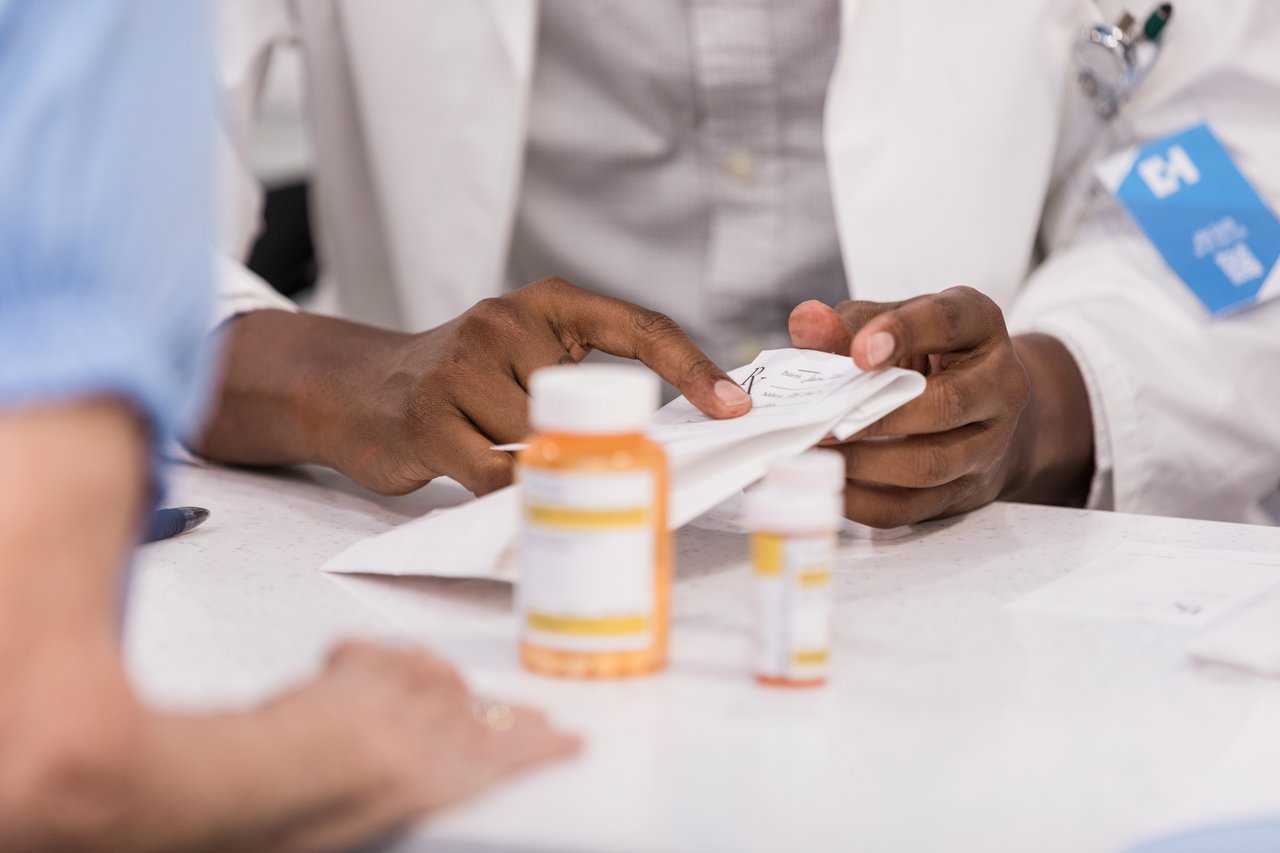C. diff Awareness Month: Why Pharmacists Matter

Each November, C. diff Awareness Month draws attention to one of the most preventable, and persistent, threats in healthcare: Clostridioides difficile (C. diff). No matter the reason for entering a healthcare facility, patients expect to receive the right treatment, recover, and leave healthier than they arrived.
When that expectation is disrupted by a preventable infection, it’s a failure of the system. And few professionals are better positioned to prevent that failure than pharmacists. Through antibiotic stewardship, patient education, and clinical collaboration, pharmacy teams play a critical role in stopping C. diff before it starts, and supporting patients when it doesn’t.
Understanding the Threat
C. diff is a bacterium that causes severe diarrhea and inflammation of the colon, responsible for nearly half a million infections annually in the U.S. The greatest risk factor is antibiotic exposure. When antibiotics disrupt the natural balance of bacteria in the gut, C. diff can thrive and release spores that spread easily across surfaces, especially in hospitals, nursing homes, and other high-risk environments.
Those most at risk include patients aged 65 and older, those with prolonged antibiotic use, and individuals with weakened immune systems. Because its spores can survive for months, C. diff remains a constant challenge in any care setting. The good news, though, is that every one of those risk factors can be mitigated when pharmacists lead the charge in prevention.
Prevention Starts in the Pharmacy
Pharmacists are central to antimicrobial stewardship, a cornerstone of C. diff prevention. By reviewing prescriptions and collaborating with prescribers, pharmacy teams ensure antibiotics are used only when necessary, for the right duration, and at the correct dosage.
This isn’t just about medication management. It’s about protecting patients. When pharmacists intervene to deescalate therapy or substitute a lower-risk antibiotic, they directly reduce the likelihood of C. diff infection. These day-to-day decisions, multiplied across pharmacies and health systems nationwide, make a measurable impact on public health.
Pharmacy teams can also lead stewardship education within their facilities, explaining which antibiotics carry higher risk, when to adjust therapy, and why completing an antibiotic course matters. Patient conversations at the counter or bedside transform awareness into prevention.
Treatment, Recovery, and Reinfection Prevention
When infection does occur, pharmacists play an equally vital role in guiding treatment and recovery. Recent research shows fidaxomicin offers better outcomes than older options like vancomycin and metronidazole, and pharmacists help ensure those evidence-based choices are made consistently.
They’re also key in managing transitions of care by verifying discharge prescriptions, counseling on adherence, and helping patients recognize symptoms of recurrence. About one in nine people experience another C. diff infection between two and eight weeks after treatment, making pharmacist follow-up and patient education essential.
Beyond medications, pharmacists can help providers and patients understand ways to restore the gut bacteria after antibiotics. By recolonizing the microbiome, it can stabilize and prevent against diarrhea. Some ways to do this are through probiotic capsules and yogurts. More advanced therapies continue to evolve as well, and pharmacists help close the gap between medical innovation and real-world care.
From Awareness to Action
C. diff Awareness Month is about both recognizing the problem and taking action. Pharmacy teams can lead the charge by integrating prevention and education into everyday operations.
For example:
- Educate staff and patients on the connection between antibiotic use and infection risk.
- Audit and optimize antibiotic prescribing patterns within your organization.
- Collaborate with infection prevention teams to review hand hygiene and surface cleaning protocols.
- Monitor for recurrence in recently treated patients and help them access follow-up care.
Even small steps add up to measurable results. Every antibiotic reviewed, every patient counseled, and every data point analyzed helps build a stronger line of defense against infection.
Why It Matters
C. diff remains one of the most common and most preventable healthcare-associated infections in the United States. Pharmacists sit at the intersection of medication safety, infection control, and patient trust. Their leadership, insight, and daily decisions are what turn awareness into better outcomes.
At Outcomes, we’re proud to support the pharmacy teams who make this work possible. From unified clinical workflows to targeted patient engagement tools, we help pharmacists connect data, care, and action in one platform, so they can focus on what matters most: better health for every patient.




